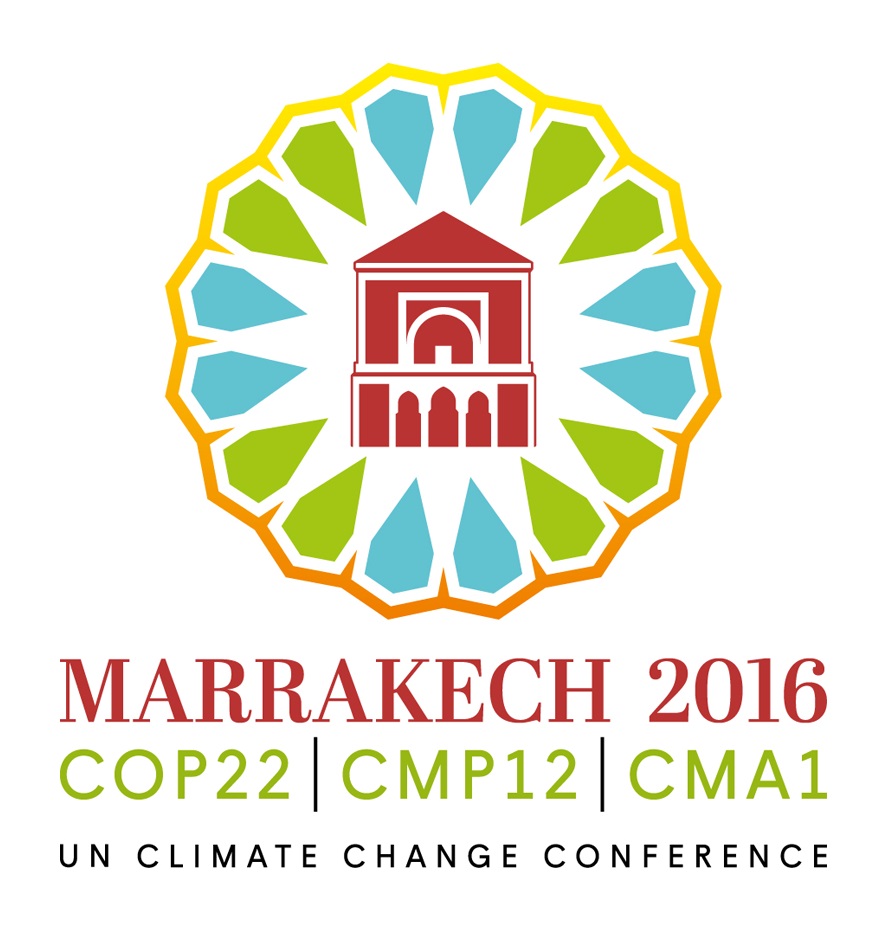Written by Gregor Erbach,
The COP 22 climate change conference, which took place in Marrakech (Morocco) from 7-18 November 2016, also served as the first meeting of the parties to the Paris Agreement, which entered into force on 4 November 2016. The parties reaffirmed their commitment to the full implementation of the Paris Agreement and agreed to finalise the detailed rules for its implementation within two years.
Background: the Paris Agreement

The Paris Agreement, adopted in December 2015 by the 21st Conference of the Parties (COP 21) of the United Nations Framework Convention on Climate Change (UNFCCC), aims to maintain the increase in global temperatures well below 2 degrees Celsius above pre-industrial levels, whilst making efforts to limit it to 1.5 degrees. It requires all parties to submit nationally determined contributions (NDC), outlining their plans to cut emissions and adapt to climate impacts. The plans are to be reviewed every five years, starting in 2018. Fast-track ratification of the Paris Agreement by the EU in October 2016 enabled its entry into force on 4 November 2016, which was conditional on ratification by at least 55 parties representing at least 55 % of global emissions. By the end of COP 22, more than 100 parties, representing over 75 % of global emissions, had ratified the Agreement.
Outcome of COP 22 in Marrakech
The parties adopted 35 decisions, mostly related to the implementation of the Paris Agreement. The decisions set 2018 as the deadline for developing a rulebook for the implementation of the Agreement, based on transparency and accountability. The parties decided that the Adaptation Fund, which was created in 2001, will serve the Agreement. They adopted a five-year work plan for the Warsaw International Mechanism for Loss and Damage. The parties endorsed the Marrakech Action Proclamation, which reaffirms their commitment to implementing the Paris Agreement. They established the Marrakech Partnership for Global Climate Action, a platform that facilitates the involvement of non-state actors in pre-2020 climate action.
Outside the formal negotiations, the ‘Climate Vulnerable Forum‘, a group of 48 developing countries, declared their intention to switch to 100 % renewable energy between 2030 and 2050. Canada, Germany, Mexico, and the USA laid out strategies for decarbonising their economies by 2050, with more countries to follow.
European Parliament
On 6 October 2016, Parliament adopted a resolution on COP 22, which notes that current NDCs are not sufficient for meeting the ambitious objectives of the Paris Agreement and urges developed countries, especially the EU, to reduce their emissions below the current pledges. A delegation of 12 Members, headed by Giovanni La Via (EPP, Italy), represented Parliament at COP 22. Parliament is currently considering a number of legislative proposals aimed at implementing the Paris Agreement at EU level, notably a reform of the EU emissions trading system, a new effort-sharing regulation, and a regulation for emission reductions in the land-use sector.
US climate commitments in limbo
Engagement by the USA, the world’s second-largest GHG emitter, was widely regarded as critical to the successful conclusion of the Paris Agreement in 2015. In its NDC, the USA commits to reducing its emissions by 26-28 % below 2005 levels by 2025. During COP 22, the Obama administration presented a mid-century strategy for deep decarbonisation, which outlines pathways to reduce net GHG emissions by 2050 to one fifth of 2005 levels.
Meanwhile, the outcome of the US presidential election cast doubt over future US commitment to climate action. President-elect Donald Trump repeatedly called climate change a hoax, and recently said that he intends to reconsider US participation in the Paris Agreement, while some 300 US companies addressed an open letter to Trump in support of low-carbon energy and the implementation of the Paris Agreement.
Download this at a glance note on the ‘Outcomes of COP 22 climate change conference‘ in PDF.
Visit the European Parliament page on ‘Climate change‘.








Be the first to write a comment.